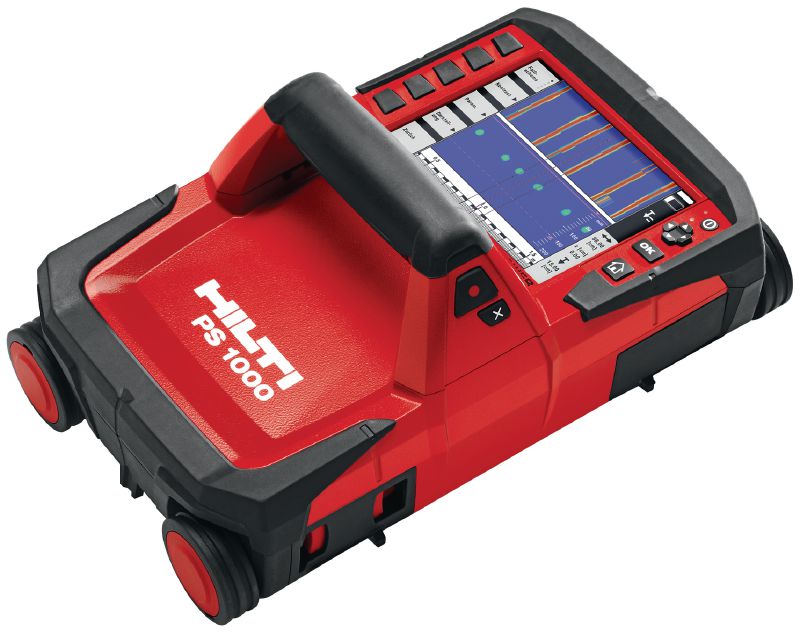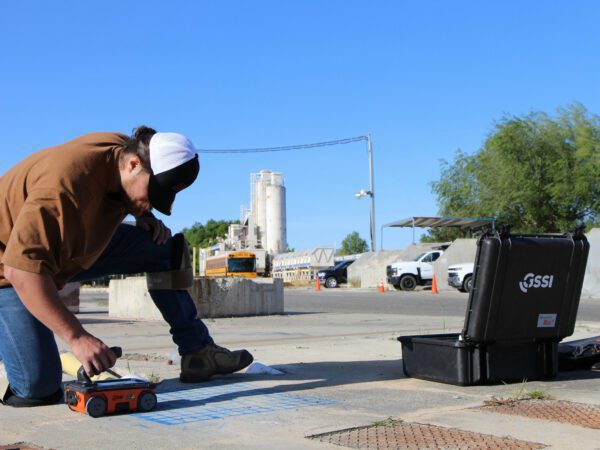Concrete Scanning: An Essential Step Towards Guaranteeing Structural Stability and Safety And Security
In the world of building and infrastructure upkeep, the value of concrete scanning can not be overemphasized. By utilizing innovative innovation and approaches, concrete scanning serves as a pivotal device in guaranteeing that the honesty and security of structures and bridges are supported to the greatest criteria.
Value of Concrete Scanning
Concrete scanning plays an essential function in guaranteeing the architectural stability and safety and security of buildings and facilities projects. By using advanced innovations such as ground-penetrating radar (GPR) and electromagnetic induction, specialists can non-destructively examine concrete frameworks to spot possible problems, gaps, embedded items, and support format. This procedure allows very early discovery of anomalies that can jeopardize the security of a framework, avoiding expensive problems and guaranteeing the safety and security of occupants.
Concrete scanning is specifically important throughout the planning and construction phases of a job. Before boring, reducing, or coring right into concrete, scanning helps identify the specific locations of rebar, post-tension cable televisions, and other ingrained components, minimizing the danger of unintended hits that can lead to structural weak points. In addition, concrete scanning help in top quality control by validating the thickness of concrete covers and identifying any kind of discrepancies that may affect the general toughness of the structure. Inevitably, buying concrete scanning services is not only a positive step to reduce risks but also a fundamental step towards maintaining the long-term safety and security of structures and facilities.
Technology for Concrete Inspection

Benefits of Early Detection
Prompt discovery of architectural issues can substantially reduce threats and ensure the longevity of construction jobs. By determining possible troubles at an early stage in the building procedure, stakeholders can take positive measures to deal with problems before they intensify into larger and extra pricey troubles. Among the vital advantages of early detection is the avoidance of architectural failings, which can pose major security dangers and result in job delays and economic losses.
In addition, very early discovery permits prompt fixings and upkeep, which can assist prolong the life expectancy of the structure. By dealing with problems without delay, building and construction groups can prevent expensive repair work or even the need for early substitute of architectural parts. This positive approach not only conserves money and time yet additionally improves the overall safety and security and resilience of the building and construction task.
Furthermore, early discovery can enhance project planning and decision-making by giving stakeholders with useful insights into the problem of the framework. Armed with this details, project supervisors can make educated choices concerning building timelines, materials, and methods, leading to a lot more effective and successful task results.
Ensuring Structural Security
Guaranteeing the architectural stability of a building and construction task is vital to its safety and durability. Architectural stability describes the capacity of a building or framework to maintain its type and feature under different loads and ecological problems. To accomplish this, extensive analysis and monitoring of the structure are vital. Concrete scanning plays an essential function in making certain structural stability by detecting prospective concerns such as gaps, delamination, or reinforcement corrosion that might endanger the integrity of the structure in time.
By making use of innovative scanning modern technologies like ground-penetrating radar (GPR) and electro-magnetic induction, building and construction specialists can non-invasively evaluate concrete frameworks to identify areas of concern beneath the surface. This aggressive strategy enables the early discovery of weaknesses or problems, allowing timely repair work or reinforcement to protect against structural failures.
Regular concrete scanning throughout various building phases and throughout the life cycle of a structure can help keep its security, reduce risks, and make sure the safety of passengers. By focusing on structural security through concrete scanning, building tasks can enhance their strength and toughness, inevitably adding to higher safety and long life.

Protecting Against Important Failings
To guard against catastrophic occasions, precise surveillance and aggressive upkeep are crucial in averting essential failures within architectural structures. Spotting possible issues before they escalate is vital to stop structural failures. Implementing routine examinations, such as concrete scanning, navigate to this website can expose covert defects like spaces, splits, or rust that can jeopardize the honesty of a framework. By using sophisticated scanning modern technologies like Ground Penetrating Radar (GPR) or Concrete X-ray, engineers can non-destructively analyze the condition of concrete and recognize weak factors that call for reinforcement or repair work - RainierGPR Service Areas.

Final Thought
In verdict, concrete scanning plays a crucial role in making certain architectural integrity and security by using innovative technology for very early discovery of possible problems. This proactive method aids avoid vital failures and guarantees the stability of frameworks. It is necessary to focus on concrete evaluation as a common technique to safeguard the durability and safety and security of buildings and infrastructure.
Concrete scanning plays a crucial role in making certain the structural integrity and safety of structures and framework tasks. In addition, concrete scanning help in quality control by validating the thickness of concrete covers and detecting any kind of disparities that may influence the total durability of the structure. Concrete scanning plays a vital duty in making sure architectural stability by identifying possible issues such as voids, delamination, or reinforcement deterioration that can jeopardize the integrity of the advice framework over time.

In verdict, concrete scanning plays a crucial function in ensuring structural integrity and safety by using sophisticated technology for very early detection of possible problems.